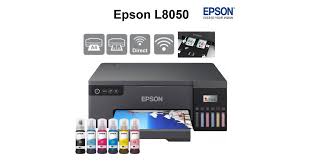- December 23, 2020
- admin
- 0 Comments
- Educational
Selecting a new printer for your office involves more than just comparing upfront costs. To make a truly sustainable choice, consider the device’s entire lifecycle—from manufacturing to disposal.
1. Look for Energy Efficiency Certifications
Start by looking for printers certified by international energy standards like ENERGY STAR. These devices are independently certified to use less electricity, especially in standby mode, reducing your energy bills and carbon footprint over the printer’s lifetime.
2. Assess Total Cost of Ownership (TCO)
The purchase price is just the beginning. The real cost includes ink/toner, paper, maintenance, and repairs. A printer with a slightly higher price tag but low-cost, high-yield cartridges may be far cheaper and generate less waste in the long run.
3. Inquire About Recycled Content and Recyclability
Ask manufacturers or suppliers if the printer is made from recycled plastics and if it is designed for easy recycling at the end of its life. Companies committed to sustainability often provide this information.
4. Choose Models with Separate Ink/Toner Cartridges
Many printers use combined color cartridges (CMYK in one unit). This means you must replace the entire unit even if only one color runs out, creating unnecessary waste. Choose a printer where each color has a separate cartridge to minimize waste.
5. Support "Right to Repair" Design
Choose brands that design printers to be repairable. This includes providing access to repair manuals, making spare parts available, and designing devices that can be easily disassembled. This extends the printer’s lifespan and fights the cycle of e-waste.
By considering these factors, you invest in a machine that is not only efficient for your business but also kinder to the planet.


